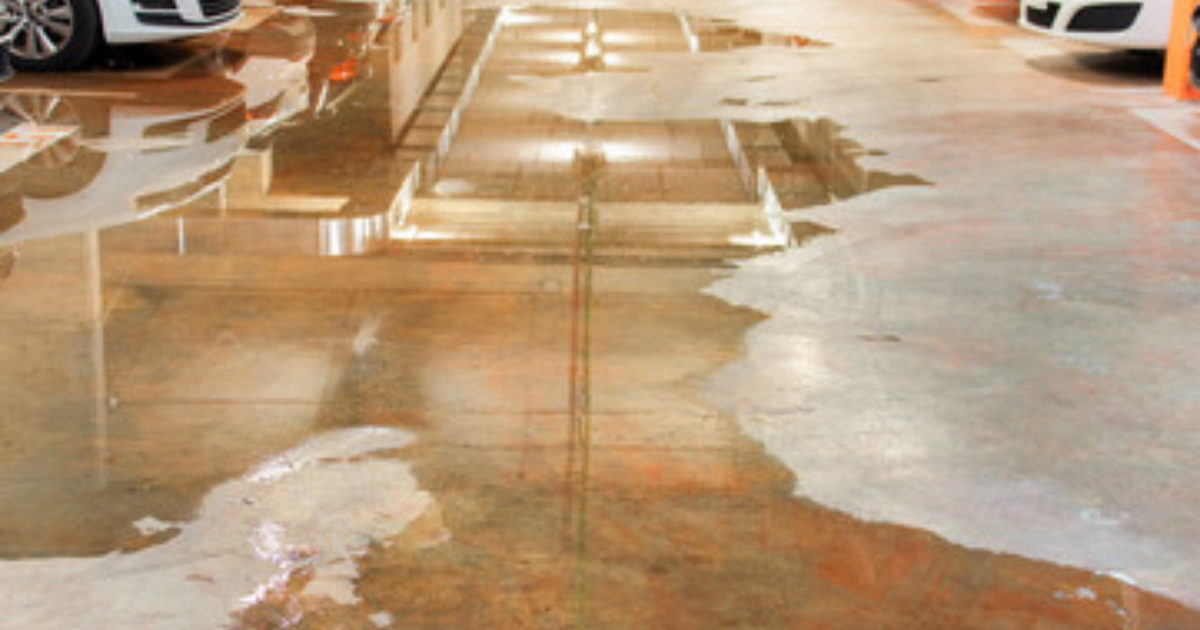
Parking lots are a common feature in modern-day commercial buildings. They offer a convenient space for customers to park their vehicles while conducting business within the building. However, they also generate a significant amount of water runoff, which can lead to issues such as flooding, erosion, and pollution. This is where commercial drainage systems for parking lots come in.
Commercial drainage systems are designed to control the flow of water within a parking lot. They include a network of pipes, inlets, and outlets that collect and direct the water away from the lot. There are several types of commercial drainage systems for parking lots, and each is designed to suit a specific type of parking lot.
One of the most common types of commercial drainage systems for parking lots is the catch basin system. A catch basin is a type of drainage inlet that collects water and debris from the surface of the parking lot. It is usually made of concrete or plastic and has a grate or a mesh cover to prevent large objects from entering the drainage system.
The catch basin system works by directing the water into a pipe, which leads to a larger drainage system. The water flows through the pipes and eventually reaches a storm water management system, such as a detention pond or a retention basin. These systems are designed to hold and filter the water before it is released into the surrounding environment.
Another type of commercial drainage system for parking lots is the trench drain system. A trench drain is a linear drain that is installed in the surface of the parking lot. It is usually made of concrete or polymer and has a slot or grate cover to allow water to enter.
The trench drain system is designed to capture water that flows across the parking lot surface and direct it into a drainage pipe. The water is then transported to a storm water management system for filtration and treatment.
Permeable paving is another option for commercial drainage systems for parking lots. Permeable paving is a type of pavement that allows water to flow through it and into a drainage system. It is made of porous materials, such as permeable concrete, pavers, or asphalt.
Permeable paving is designed to reduce the amount of water runoff generated by a parking lot by allowing the water to seep into the ground below. This can help to prevent flooding, erosion, and pollution by reducing the amount of water that enters the storm water system.
There are several benefits to using commercial drainage systems for parking lots. They can help to prevent flooding, erosion, and pollution by controlling the flow of water within the parking lot. They can also help to reduce the risk of accidents, such as slip and falls, by removing excess water from the surface of the lot.
In addition, commercial drainage systems can improve the appearance and usability of a parking lot. They can help to reduce the amount of standing water, which can make the lot more accessible and easier to navigate.
When designing a commercial drainage system for a parking lot, it is important to consider the specific needs and requirements of the lot. Factors such as the size of the lot, the amount of traffic it receives, and the surrounding environment should all be taken into account when selecting a drainage system.
If you have any questions about our commercial drainage systems for parking lots, or would like to schedule an appointment we are happy to help. Please contact us today! Jolin Paving & Excavating, Inc. is your New England connection for a vast variety of environmentally related services. Our company has been serving Boston Massachusetts, Southern NH, VT & ME as well as Northern CT & RI since 1952. Please Contact us to learn more today.
Environmental related issues occur all of the time, and can strike at any time. That is exactly why you need to have a local and reliable environmental services company at the helm and ready to go whenever you actually need them.
Jolin Paving & Excavating, Inc. is a fully licensed and bonded utility contractor that has the ability to pull the proper permits in municipalities across New England.
continue reading






